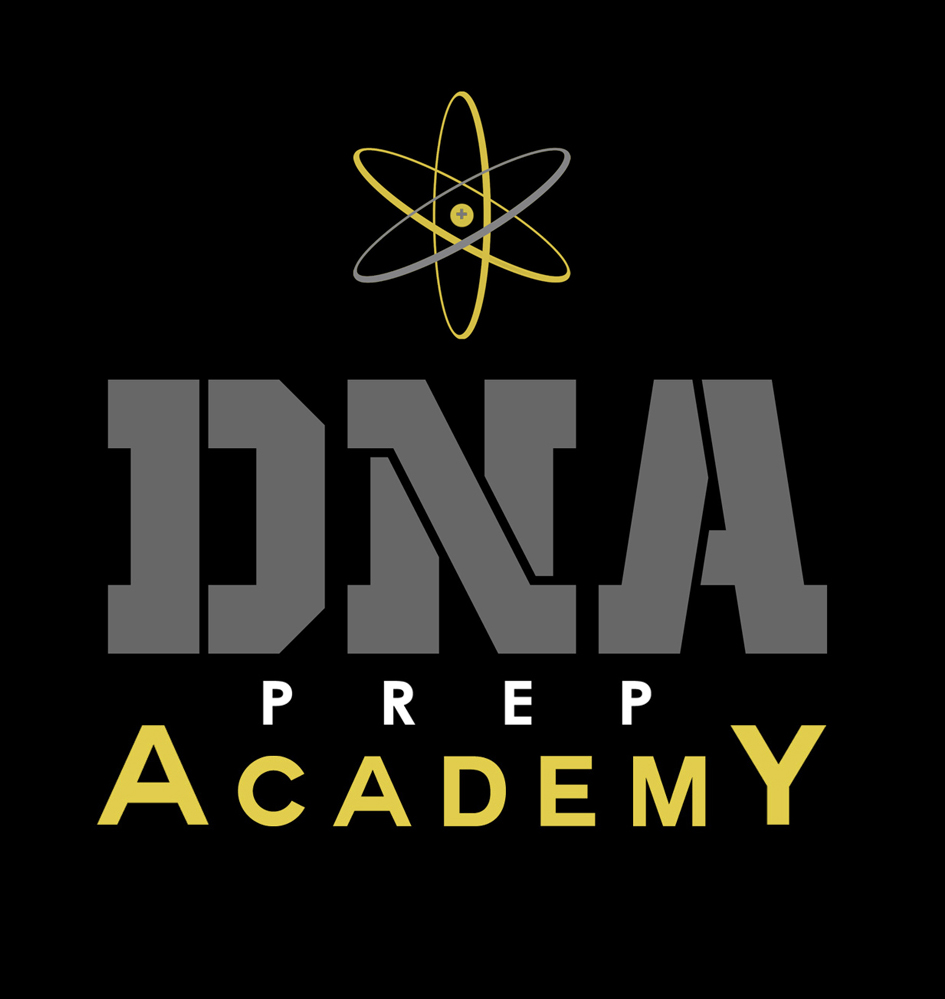Academics Lower School Middle School Upper School
At DNA Prep Academy, we have adopted a student-centered theory of learning where students are active participants in the learning process. This means that our goal is to help each student experience meaningful opportunities to realize their fullest potential and ultimately motivate them to become life-long learners of knowledge.
Textbooks are tools for teachers and guides for students to facilitate instruction. In addition to textbooks, we use supplemental resources to enrich the curriculum which involve students in problem-solving activities, higher-level thinking questions, and extended activities.
Utilizing the methodologies and frameworks of experiential and project-based learning our curriculum is interdisciplinary and empowers students to apply knowledge of core content within and across curriculum areas. When students see the connections between individual subject areas, the material becomes more relevant.
How does DNA Prep Academy measure student learning?
Students are assessed based on mastery and competence of a skill(s) or set of knowledge as articulated the CA State Standards and the Next Generation Science Standards. At the start of enrollment, students are assessed to establish a baseline for their current level of academic performance and set student goals. To monitor student growth and progress, students are also assessed quarterly so that teachers can adjust instruction as needed, and so that we are responsive to with student support.
Individualized Attention
We provide students with Individualized attention to build upon our curriculum. This helps in closing any learning gaps and increases motivation while expanding on the student’s strengths and confidence. In the future, this individualized attention will help students determine their career goals and post-secondary plans. This process starts in elementary grades 3-5 with an assessment of a student’s strengths and weaknesses, along with a determination on how to build a strong academic foundation for future success. This is followed up at the middle grades with a more comprehensive plan, which develops and incorporates the long-term goals of a student.
Class Size
At DNA Academy, we have smaller class sizes. Our classroom size is designed for a 24-student maximum, with a student-teacher ratio of 12:1 to facilitate small group instruction. These smaller classrooms help our teachers provide a more effective education for their students. More benefits of smaller class sizes include:
-
- Students learn faster
- Students receive more attention
- Students receive more feedback
- Students receive more hands-on learning
- Students perform better on all subjects
Research shows that students do well in smaller class settings. This also gives them a chance to get to know their fellow classmates better. They benefit from their classmates’ comments and each student’s contribution is acknowledged among the group. Students learn from one another based upon the contributions they make during class, while also building their social skills.
